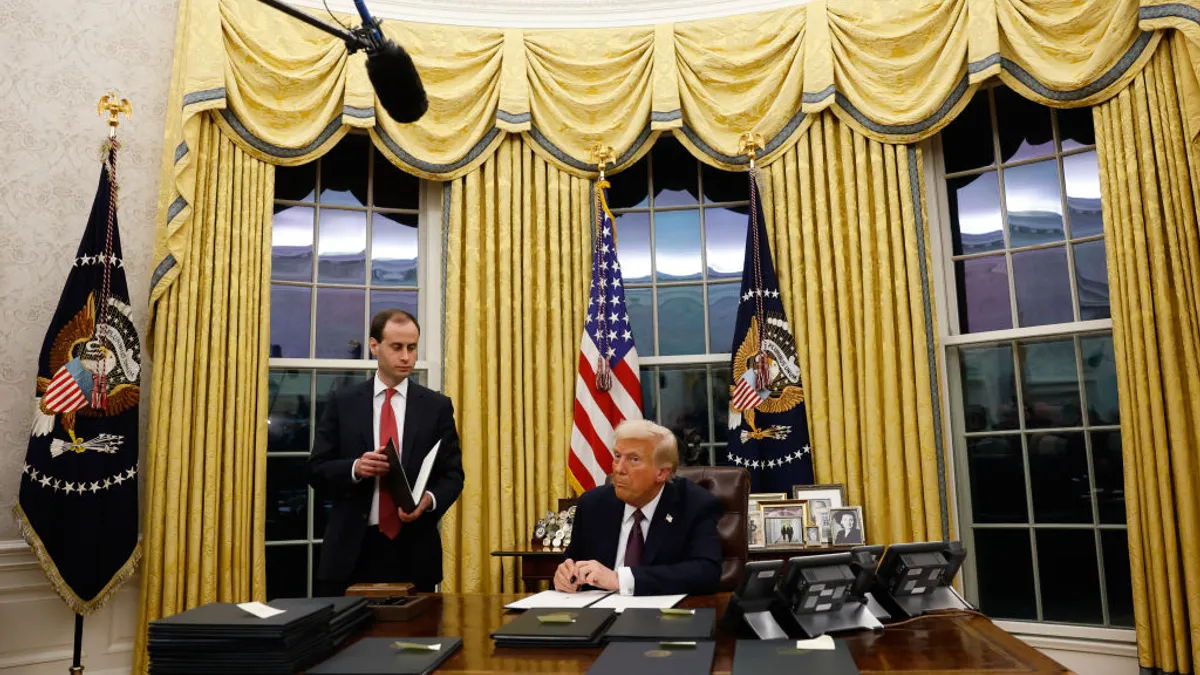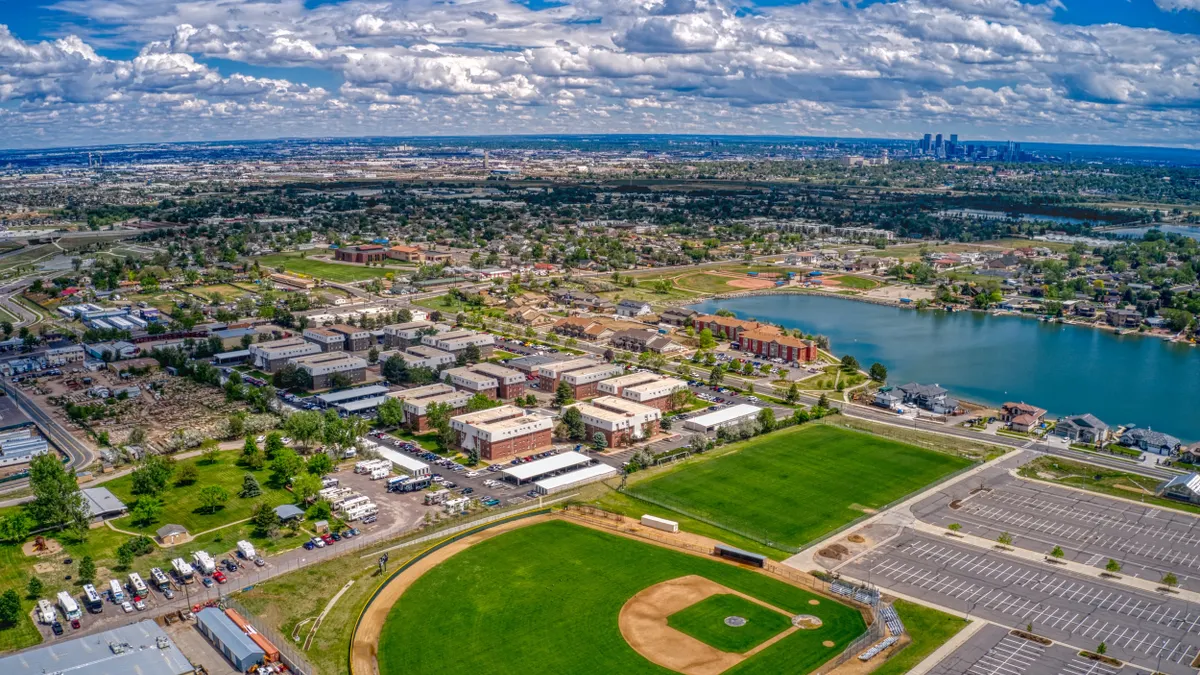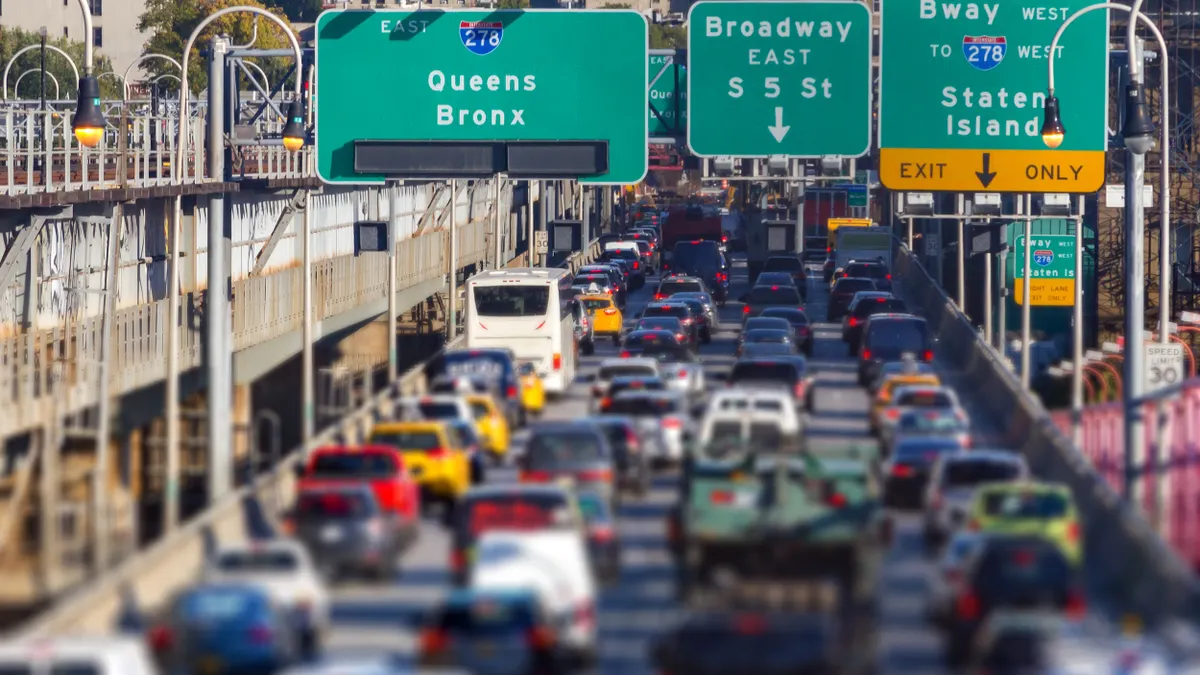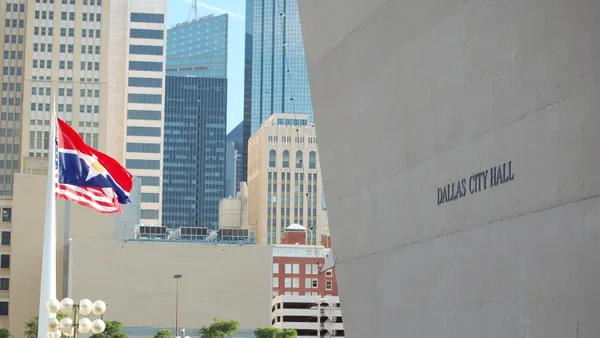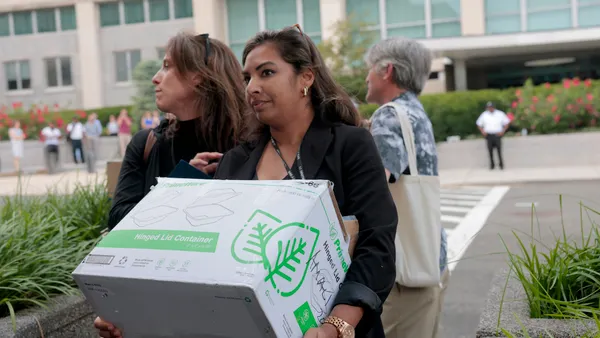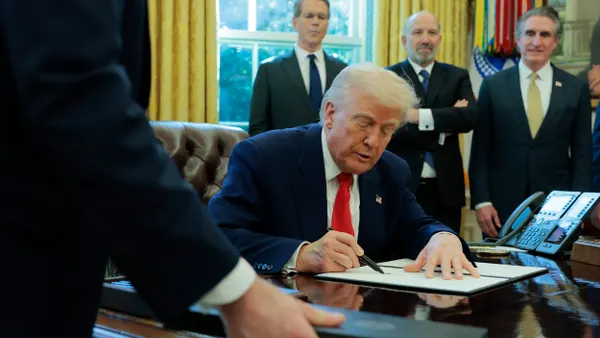Editor’s note: This story has been updated with comments from education associations and immigration advocacy groups along with recommendations for school districts and schools.
Previously protected areas will no longer be off limits for immigration enforcement operations under a directive announced by the new Trump administration's Department of Homeland Security on Tuesday. These include schools, medical facilities, churches, social service centers and disaster relief locations.
The directive ends the practice of Immigration and Customs Enforcement and Customs and Border Protection agents avoiding “sensitive” areas — including elementary and secondary schools, colleges, hospitals and churches — for enforcement actions.
The announcement came on the first full day of President Donald Trump's second administration. Trump had promised to enforce more border policies throughout his campaign.
Trump and some Republican supporters have said undocumented immigrants are overwhelming school systems. Recent research, however, has shown that newcomer students instead bring fiscal and academic benefits to school systems.
In a statement on Tuesday, a DHS spokesperson said the new policy empowers ICE and CBP actions "to enforce our immigration laws and catch criminal aliens — including murders and rapists — who have illegally come into our country.
"Criminals will no longer be able to hide in America’s schools and churches to avoid arrest. The Trump Administration will not tie the hands of our brave law enforcement, and instead trusts them to use common sense."
Advocates for immigrant and newcomer students had alerted schools that a new Trump administration could overturn DHS policy under the Biden administration that designated schools and colleges as "protected areas," meaning ICE should refrain from conducting enforcement actions “to the fullest extent possible.”
Protected areas also included places where children, teens and young adults gather, such as playgrounds, recreation centers, child care centers, school bus stops, colleges, vocational or trade schools, and preschools, elementary and secondary schools, according to the previous DHS policy.
Although the exact number of undocumented children and families is unclear, data from the Migration Policy Institute shows about 5.5 million children under age 18 were living with an unauthorized immigrant parent as of 2019. That's about 7% of the U.S. child population at that time.
Groups issue guidance in response
On Wednesday, education associations and immigration advocacy groups were evaluating what the directive would mean for areas previously shielded from immigration enforcement activities.
In a message posted to its website Tuesday, AASA, The School Superintendents Association, said it was unclear if the directive means that ICE enforcement activities would take place on school property. The association said it would monitor the issue and provide updates as needed.
AASA also posted a reminder that the 1982 U.S. Supreme Court decision in Plyler v. Doe said states cannot constitutionally deny students a free public education based on their immigration status.
The association said it anticipates that ICE agents may request data from schools. It advises school leaders to ensure staff are trained on the protections for students’ data under the Family Educational Rights and Privacy Act.
AASA offered recommendations in the online posting for how to prepare for potential ICE enforcement on school campuses, what to consider if a student’s parents have been detained, and other potential scenarios.
In a fact sheet on the policy change, the National Immigration Law Center said all people in the U.S. have certain rights regardless of immigration status, including Fourth Amendment protections from unreasonable searches and seizures and the Fifth Amendment right to remain silent when confronted by law enforcement.
“Protecting sensitive locations from immigration enforcement is essential to ensuring all our community members can access basic services and support without fear — the policy’s rescission constitutes an attack on immigrant communities’ wellbeing and undermines safety for all,” NILC said in a statement on Tuesday.
Alejandra Vázquez Baur, co-founder and director of the National Newcomer Network, called this a “really scary time” for immigrant children and families. Schools can be supportive by recognizing their stress and reaffirming a school’s commitment to education and safety, Vázquez Baur said.
The National Newcomer Network, a project of The Century Foundation, has about 300 members including teachers, district administrators and state education officials.
“The most critical part is ensuring that there are practices in place that respect all the federal, state and sometimes local laws that remain that protect immigrant students’ right to school,” Vázquez Baur said. “That this is not just moral, it’s the law — and remains the law — even without the protected areas policy in place.”
The network outlined three main recommendations for districts and schools:
- Stay updated on federal policy. A district’s legal team should analyze changes to policy and communicate those interpretations to district and school leaders.
- The district should develop or re-release guidance on how school staff should interact with immigration enforcement authorities. Guidance, training materials and best practices should be shared with front office staff, bus drivers and other employees.
- School leaders should reaffirm their commitment to children and families, including by sharing resources about their rights to education and any available community-based supports.
Meanwhile, about 80 education and other organizations sent a letter on Jan. 20 to state and local leaders across the country urging them to reject anti-immigrant activity under the Trump administration. “An attack on immigrants is an attack on us all,” the letter said. “Immigrants are deeply intertwined in the fabric of our nation and integral to the future of this country.”
On the other hand, some groups applauded the DHS policy change. The Federation for American Immigration Reform praised several executive orders and other actions under the new Trump administration to address unauthorized immigration.
“With these orders, President Trump also sought to fulfill his campaign promises to end birthright citizenship, halt cartel activity, and eliminate terrorist networks,” FAIR said in a statement on Tuesday. “Simultaneously, the President rescinded many of the Biden administration’s policies that opened our borders, encouraged the abuse of our asylum and parole laws, and undermined our legal immigration system.”



